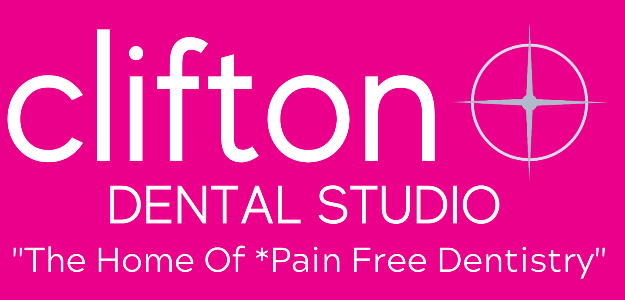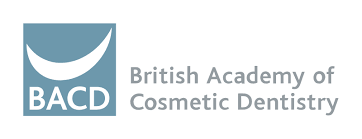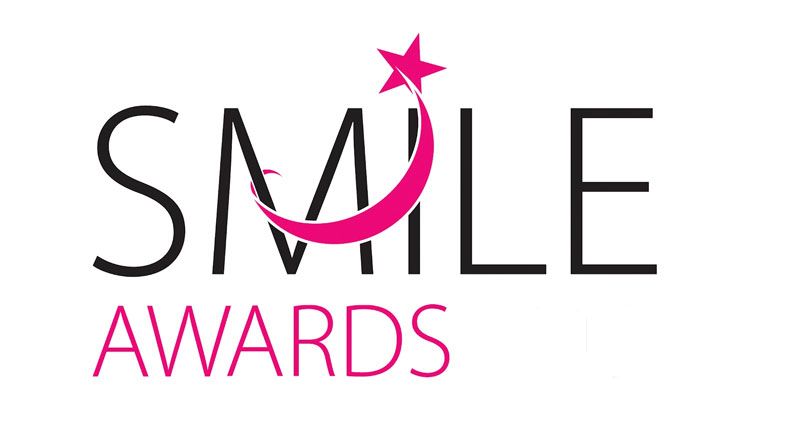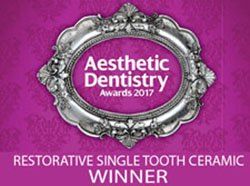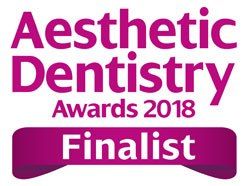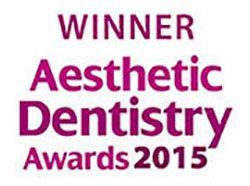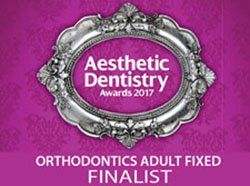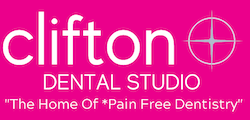Author Archive
Frequently Asked Questions: Six Month Smiles
Getting braces is a pretty big decision, so it’s understandable to have lots of questions if you’re thinking about having orthodontic treatment or considering your treatment options. At Clifton Dental Studio, we are delighted to offer a range of orthodontic systems and services, including the sensational Six Month Smiles. If you’re interested in finding out more about this fabulous fixed brace treatment, here are some answers to the most frequently asked questions:- How long does treatment take? This may seem obvious with a name like Six Month Smiles, but most patients are keen to know exactly how long their treatment will take. The average treatment time for this system is six months, but the exact time may vary slightly according to your individual needs.
- Do Six Month Smiles braces hurt? It’s common to assume that braces are going to be painful and while they may be uncomfortable to begin with, the reality is that after the first couple of days you should find your braces very comfortable. Six Month Smiles uses the latest technology to produce gentle friction-free technology to move the teeth quickly with minimal discomfort. It is normal to find wearing braces a little odd at first, but you will soon get used to them.
- Will I have to change what I eat? It’s true that eating certain types of foods can be difficult with braces, however you shouldn’t have to adapt your diet dramatically and you will soon get used to eating with your braces. For the first couple of days it is best to avoid chewy and hard foods.
- How will I brush my teeth? You can still brush your teeth easily and effectively with braces and your dentist will show you how it’s done. With fixed braces, it’s a good idea to brush your teeth during the day as well as in the mornings and evenings, as food can get trapped in the brackets and bands.
- What will my braces look like? Many patients have concerns about what they look like when they have their braces fitted. One of the best things about Six Month Smiles is that it offers a discreet alternative to traditional fixed braces. These sleek braces are made from clear brackets and tooth-coloured wires, so they are barely noticeable.
How to Strengthen Weakened Teeth
Teeth can weaken and break for several different reasons. Tooth decay caused by dental plaque and bacteria starts off as tiny holes, but if left untreated these holes grow and enlarge into dental cavities, which require dental treatment. Dental cavities reduce the strength of the teeth and in some cases the tooth can be lost all together. However, before this occurs cleaning and a dental crown can be used to restore some of the strength the tooth has lost.What is a dental crown?
A dental crown is fitted over the top of your damaged tooth and fitted with a post to hold it in place. A dental crown can be made from a range of materials including acrylic resin, porcelain and other tooth coloured materials.How is a dental crown fitted?
First your dentist will clean the area of the tooth that has decayed. This cleaning may also require root canal treatment to ensure that any pus or infection can be removed before the crown is fitted. Once the tooth has been thoroughly cleaned a post is added, to which your crown is fitted.When would I need a dental crown?
A dental crown is required if the cavity in a tooth is too big for composite filling. A crown provides more strength than a filling and may often be required if a tooth is severely decayed. Crowns are also used to hold bridges into place to help hold the new teeth in place too.Are dental crowns noticeable?
Dental crowns are created to blend seamlessly with your natural teeth and are made of tooth coloured materials. Every crown is custom made for each patient, using dental impressions. Dental crowns can now also be held in place with dental implants, which provide an extra level of support. If you would like more information about dental crowns get in touch with us at Clifton Dental Studio in Bristol.How Composite Bonding Can Help Chipped or Cracked Teeth
A person’s teeth can end up chipped or cracked for many different reasons varying from involuntary teeth-grinding (bruxism), accidental injuries, and even a severe build up of tooth decay. In the event that a tooth does become chipped or cracked it is possible to look into composite bonding to help correct the damage.What is composite bonding?
Composite bonding is the procedure in which a dentist repairs a fractured, chipped, cracked or discoloured tooth, using special tooth-coloured resins so as to blend perfectly with the rest of the patient’s teeth.How is composite bonding treatment carried out?
Composite bonding is a simple procedure and unless the chip or crack in the tooth has been caused by tooth decay, anaesthesia won’t even be necessary. Firstly, and to ensure that the tooth-coloured composite blends in perfectly with the chipped tooth, the dentist uses a shade guide, finding the best possible match. When this matching colour has been chosen the next step is for the dentist to prepare the tooth for bonding by making the surface of the tooth in question rough and abrasive. A conditioning liquid is then applied onto the tooth to ensure that the composite bonding material will stick. Next comes the most important part, applying the bonding material. This resin is treated much like clay, being moulded and smoothed until it has formed the perfect shape. Once this has been perfected the resin is then hardened into position using either ultraviolet lights or lasers. Once hardened, the bonding material is further shaped, trimmed and finally polished so that it matches the colour of the rest of the teeth.We carry out such treatment at Clifton Dental Studio in Bristol so do contact us if you would like more advice or information.The Life Cycle of Milk Teeth
Dealing with milk teeth can be a bit of an ordeal, for both the child and first time parent and while the emergence and following life cycle of milk teeth is different for everyone, these following steps are the general order to expect to help you understand what is happening in your child’s mouth.Tooth eruption
Also known as teething, tooth eruption is the first stage of milk teeth and is the time when the baby teeth are coming through (or ‘erupting’) through the gums. This process will usually begin, at the earliest at 3 months, although the emergence of the first teeth is commonly between 4 and 7 months. Some babies find this process painless, while others will be irritated by it for short periods. This is normal, however if your baby seems very badly irritated or in considerable discomfort, speak to your doctor or dentist.Milk teeth loss
Again the age for losing teeth can vary from child to child. Generally girls begin losing their teeth earlier than boys and the age of 6 is the usual time to expect the first tooth loss. This loss will then continue until around the age of 12 or 13. Many dentists will also recommend that as milk teeth are lost and adult teeth begin to erupt, this is the age at which to really reinforce oral health and independent dental care. The order at which the teeth will fall can again vary, but generally the teeth that erupted first are also the first to fall out, meaning the bottom front teeth are commonly the first to be lost.Adult teeth eruption
Because the age range of baby teeth lost ranges over a number of years, your child is going to spend a certain amount of time with both baby and adult teeth. The first adult tooth to erupt first is one of the front lower teeth, although if different baby teeth fell out first these should obviously be the ones expected first. The first adult teeth should appear soon after the loss of the first baby teeth (around 6 years old) and the final teeth should come through around 13. Because this period sees the emergence of adult teeth while milk are still present, it is not uncommon for overcrowding and the need for teeth straightening to occur at this time.Get a Gleaming, White Smile with Our Whitening Treatments
Teeth whitening has been around for centuries and a beautiful white smile continues to be associated with wealth and success. At Clifton Dental Studio in the heart of Bristol we offer a range of whitening treatments that can give you a natural, sparkling smile.At-home whitening treatment
At-home treatment is great for people who lead busy, hectic lifestyles. The treatment produces brilliant results and the process is simple. We design a custom-made whitening tray for you to wear and then advise you on when to do so. The majority of people wear their tray at night to make sure it does not interfere with their daily routine. The treatment will usually take between 6 to 15 days and the different treatments have varying degrees of success. But we firmly believe that our at-home treatments are highly effective and they can also be topped-up to prolong results.Are there any risks?
This is generally considered a safe treatment when administered by a trained dentist. Bleaching carries risks and there is likely to be some sensitivity, which is why we examine our patients before giving the green light for treatment. If you have any oral health problems it is better to treat these as a priority before beginning whitening treatment.Does it work?
The treatment cannot change the colour of the teeth, but it can lighten the shade of the teeth and the results are often impressive. Teeth whitening is a great treatment for those who want to give their smile some extra sparkle without undergoing extensive or invasive treatment. The process is painless and you will not need to worry about injections, needles or spending hours on end in the dental chair.The Benefits of Chewing Gum
Get advice on chewing gum benefits from Bristol dentists
There are many things you can do to help ensure continuing good oral hygiene. Of course brushing and flossing in the proper manner is very important and it is crucial that you let your dentist examine your mouth every six months so that harmful condition can be spotted and dealt with. Chewing gum has benefits too that can help your mouth to stay in good health. Chewing anything stimulates the production of saliva, which is one of your mouth’s natural defences against the buildup of plaque. Plaque needs to be stopped because a sufficient build up will begin to attack the protective enamel on your teeth. Too much plaque will begin to interfere with the nerves in your teeth and cavities might start to form. You can chew gum after meals, particularly if the food you have eaten contains lots of sugar and starch, both of which aid the formation of plaque. Of course it is better to brush your teeth but if you find yourself in a situation where this is not possible then chewing gum is the next best thing. An added chewing gum benefit is that it freshens your breath. If you have just eaten food that might make your breath smell, chewing gum will give you a minty, fresh feeling that can increase your confidence. Most chewing gums are sugar free so you are not doing further damage to your teeth when you are chewing it.Looking for a cosmetic dentist? Bristol dentists are here to help
Your dentist can give you lots more advice about which chewing gum to choose and the benefits it can offer your mouth.How to Spot Gum Disease
When it comes to gum disease, it’s really beneficial to be aware of the danger signs, as mild gum disease can quickly become more advanced. Seeing your dentist as soon as you notice symptoms can help to prevent the problem from becoming more serious and ensure that you don’t have to endure painful and sore gums.Spotting the warning signs of gum disease
The most common symptoms of mild gum disease, which is also known as gingivitis, include swollen and sore gums and bleeding when you clean your teeth. As gum disease becomes more advanced, symptoms tend to become more apparent and include redness, inflammation, pain and tenderness. In advanced cases, the gums recede and pockets develop between the teeth and gums.
